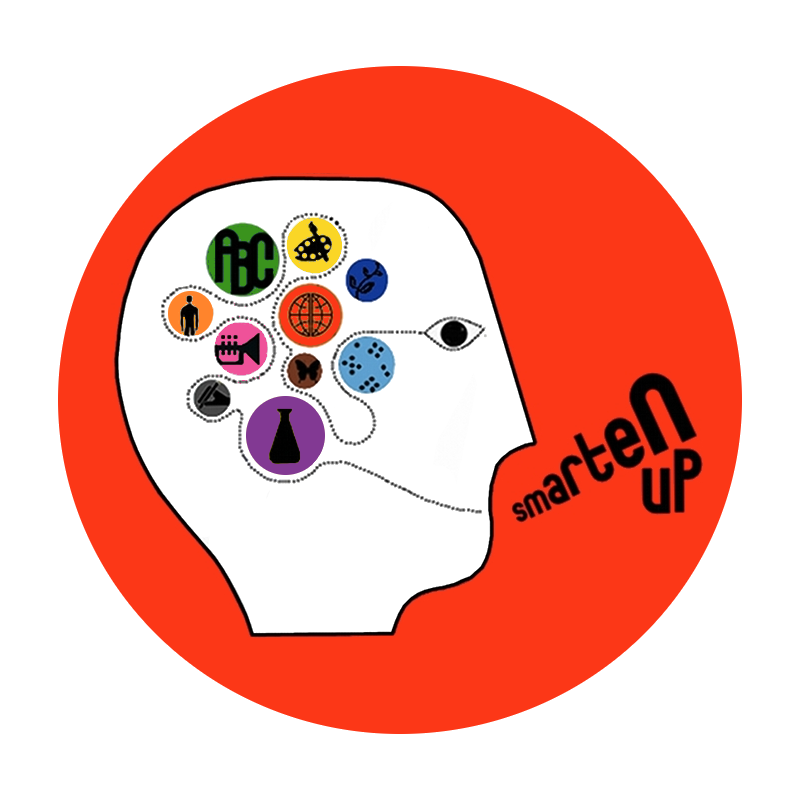The research paper is a rite of passage — and it’s one that repeats itself with increasing levels of complexity and length through the years. It looms large, a blank canvas demanding to be filled with insightful words and groundbreaking arguments. Often this beginning stage is intimidating because of the boundless options for what to pursue. So before you dive headfirst into writer's block, let's tackle the first hurdle: choosing a topic that won't make you tear your hair out.
Fear not, students! Here's your guide to picking a research paper topic that's interesting, manageable, and sets you up for success.
Step 1: Tap into Your Passions, and Follow Your Curiosity
Think about what fires you up. One of my students — a lover of flight simulators and model planes — wrote a fascinating paper on the fallout of Boeing’s flight safety record. Another, whose grandparents had emigrated from China to Australia and on to the United States, explored Australia’s discriminatory 20th century immigration policies. A third started from a Youtube video on forgotten stories of World War II and wound up diving into the mythical Battle of Los Angeles. Start with what genuinely interests you. You'll be more motivated to research and write if you care about the topic.
Step 2: Get Specific (But Not Too Specific)
A topic like "The Impact of Technology" is way too broad. Narrow it down! Focus on a specific aspect of your wider area of interest, like "How Social Media Affects Mental Health in Teenagers" or "The Ethical Dilemmas of Artificial Intelligence." Remember, you can always refine your topic further through your research.
Step 3: Consider the "Research-ability" Factor
Make sure your chosen topic has enough resources available. Check your school library, online databases, and credible websites before settling on a research question. If information is scarce, you might have to broaden your topic or choose another.
Step 4: Check the "Teacher-Friendliness" Meter
Is your topic aligned with the class curriculum and your teacher's expectations? If you're unsure, run your ideas by your teacher early on. Their guidance can save you time and heartache down the line — and they may have useful ideas for where to start your research.
Step 5: Embrace the "Uniqueness" Challenge
While exploring a well-trodden path isn't bad, try to find a unique angle within your chosen topic. Is there a specific case study you can analyze? Can you offer a fresh perspective on a familiar issue? Part of writing a research paper is getting to know what the people who came before you have written about a topic, so that you can add something new to the conversation.
Bonus Tip: Brainstorm Early and Often
Grab a pen and paper (or your favorite digital note-taking app) and jot down everything that comes to mind related to your interests. Cluster similar ideas, discard irrelevant ones, and see what connections emerge. You might be surprised by the hidden gems you uncover!
Remember, choosing a research paper topic is a process, not a destination. Don't be afraid to explore different options, refine your ideas, and seek help from teachers, librarians, or even your classmates. With a little effort and this guide in hand, you'll find a topic that sparks your curiosity and sets you on the path to research paper success.
Now go forth and conquer that blank page!















